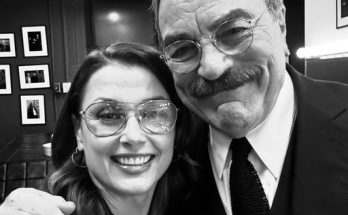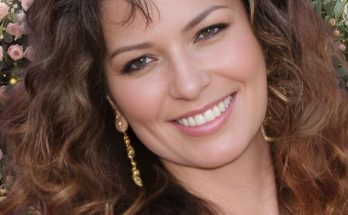 Tina Turner didn’t just perform—she erupted. Her energy, her voice, her legs that never stopped moving—she was a storm on stage. But what few knew was that, for many years, behind the thunderous applause and flashing lights, she was singing through unimaginable pain.
Tina Turner didn’t just perform—she erupted. Her energy, her voice, her legs that never stopped moving—she was a storm on stage. But what few knew was that, for many years, behind the thunderous applause and flashing lights, she was singing through unimaginable pain.
Born Anna Mae Bullock in 1939 in Nutbush, Tennessee, Tina Turner didn’t grow up expecting stardom. She sang in church, helped on the family farm, and was abandoned by both parents at a young age. Her early years were shaped by instability, and yet, there was something in her that refused to stay quiet.
When she met musician Ike Turner as a teenager, her life changed. He gave her a stage, a name, and a career—but also gave her years of abuse. Their musical partnership as Ike & Tina Turner delivered hits like “River Deep – Mountain High” and “Proud Mary,” but behind the scenes, she endured physical and emotional violence that would have silenced most people.
But Tina didn’t stay silent.
In 1976, after a particularly violent night in Dallas, she fled Ike with only 36 cents and a Mobil gas card in her pocket. She left behind fame, money, security—all to escape a man who made her feel small. And then, she started over.
It took years. She performed in small venues, stayed in cheap motels, and begged record executives for a second chance. Most said no. She was “too old,” “too black,” “too much.”
Then came “What’s Love Got to Do With It?”—a song she didn’t even want to record at first. But that track exploded. At 44 years old, Tina Turner became a solo superstar. Her album Private Dancer sold over 10 million copies. She wasn’t just back—she was reborn.
And she did it on her terms.
Through the 1980s and 1990s, Tina Turner dominated arenas around the world. She didn’t just perform; she triumphed. “The Best,” “We Don’t Need Another Hero,” and “Better Be Good to Me” became anthems of resilience, power, and self-worth.
But even in the brightest moments of her career, she was never far from her past. Tina openly shared her history of trauma—not to dwell, but to inspire. Her honesty gave others permission to speak. Her survival gave others the strength to leave.
Tina also found love again—in the most unexpected way. In the mid-1980s, she met Erwin Bach, a German music executive who would later become her husband. Their relationship, grounded in respect and quiet support, became a healing balm for her turbulent past. In 2013, Erwin donated a kidney to Tina when she suffered organ failure—literally saving her life.
She spent her final years in Switzerland, far from the spotlight, where she embraced peace, Buddhism, and the quiet she had long been denied.
Tina Turner passed away in 2023 at the age of 83. But she didn’t leave in silence. Her voice, her story, and her fire continue to echo.
She once sang through tears—but taught the world how to dance through pain.



